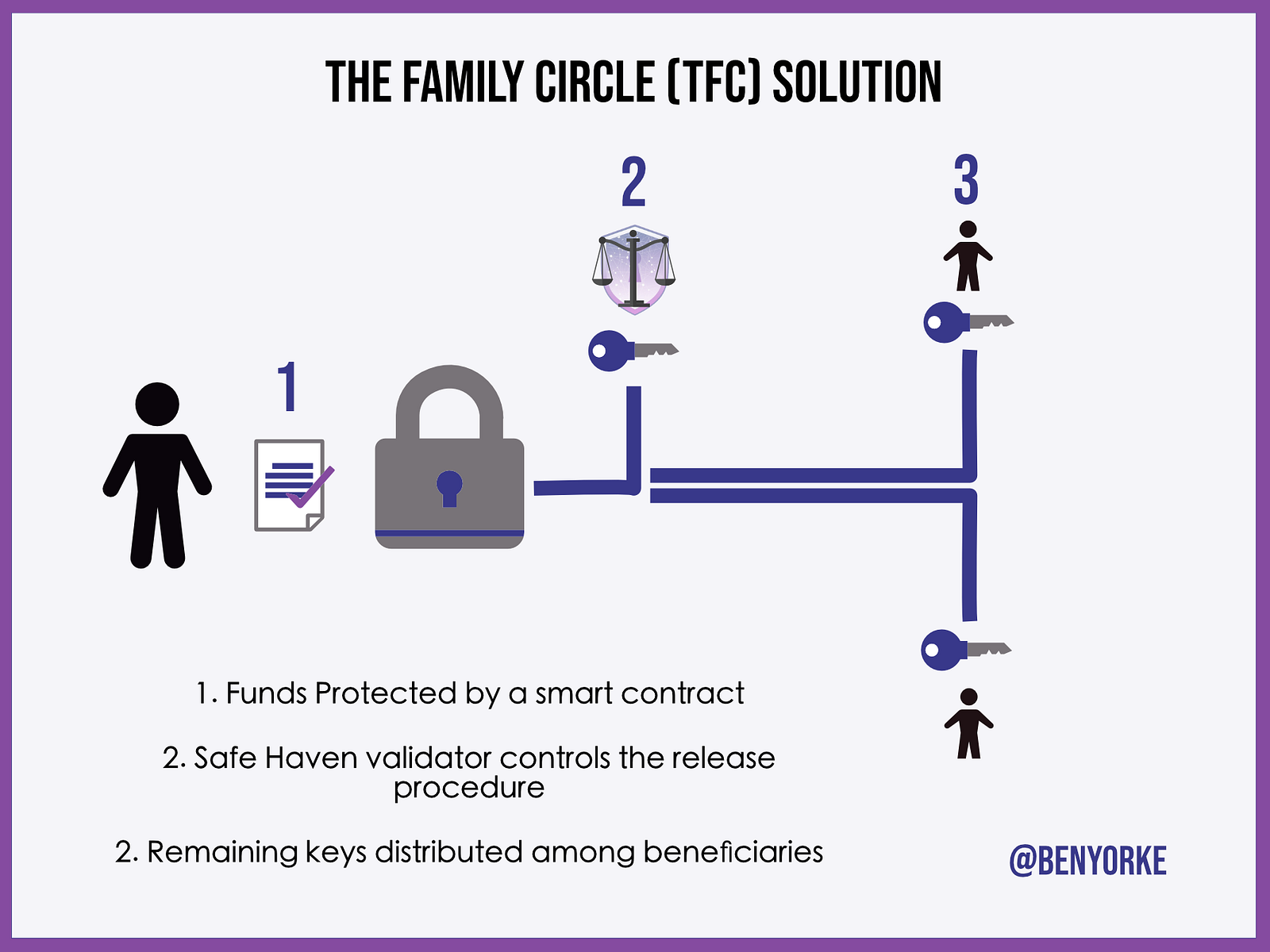Vechainstats.com is one of the most valuable user-created contributions to the ecosystem, and is a website that most in the community are familiar with. They provide the community with a wide variety of data, from basic blockchain analytics to node monitoring, which can be used to assess trends throughout the network. We were joined by the developer behind the project, Fabian. He filled us in on a number of changes coming to the site, and offered some analysis on the VeChain platform.
This week, Vechainstats.com updated its charts page with even more data visualizations. One of the more interesting charts shows how transactions costs have been rising over time. Higher transactions costs are used for uploading data and smart contracts, as opposed to standard token transactions. This is an encouraging sign that enterprise usage is beginning to increase in volume.

To view the recently updated page, visit https://vechainstats.com/charts/
In the following section, we got Fabian’s opinion on the site and VeChain in general.
Q: What is the goal of VeChainStats.com?
The goal of Vechainstats.com is to become a portal for people interested in the VeChain blockchain technology, and stats regarding ongoing transactions and other relevant information for investors.
The journey of VeChain just begun, and I am very proud to be a part from the beginning. I see VeChain as one of the disruptive companies for the coming years with a bright future.
To further improve the possibilities of VeChain, Vechainstats.com is building a bridge for less technical people to understand what happens day-by-day in the network. I think it is very important for the Vefam community, as it is for VeChain itself, to bring the people closer to understanding all the interesting data on an easy to use platform.
Q: How do you see the website evolving in the future?

For the future, an API for available data is planned, to allow other community projects to benefit from gathered insights and further strengthen the community growth. Also, a non-fungible token explorer is something I’d like to implement in the near future. In terms of internationalization, a Chinese language update is also on the roadmap for Vechain Stats. The more useful tools there are, the more users there will be and the faster the VeChain project can gain momentum.
Q: What are your thoughts on the data you’ve compiled?
From my perspective, the VeChain main net, regardless of its technical maturity, is in its warm-up phase. A few months ago, we were able to identify isolated and mostly simple transactions due to the token swap and seasonal dapps generating transactions. 2018 and the beginning of 2019 has been a probing phase for the main net.
Since December 2018, however, the number and complexity of transactions started to increase. The rising of the average VTHO price per clause is a good indication that the first companies started running their use cases on the VeChain blockchain. Overall the main net as well as the provided software/tools run truly smooth with VeChain’s Proof-of-Authority consensus.
Now, if we take the statements of the VeChain team from the last AMA into account after which only the first 20 companies have become active on the main net, then we likely will witness over the next years an explosion of transactions. Imagine what happens when hundreds of companies are rolling out solutions built on top of the VeChain blockchain.
I’m super positive about the current development and upcoming improvements. Still, this emerging technology faces a lot of hurdles like regulatory frameworks. Apart from all hurdles and price speculation, I personally focus on the utility + impact, and the beauty of the blockchain technology. In this sense, I’m happy about any new enterprise live case as it’s positive for the whole ecosystem.
Q: How did you get into blockchain and vechain?
A few years ago, I was in the process of renting a server. When it came to paying, I saw something completely new for me, the payment by Bitcoin. Since I had no idea what Bitcoin was, I started to research and found a very interesting technology field, the blockchain. The more I dealt with it, the more my interest increased. Through the public blockchain technology, I subsequently joined the PoA system and consequently VeChain.
Q: What is your full-time job?
A good description of what I’m doing is professional developer for individual system solutions in the field of computer science, big data, and web development.
Q: What things do you do if you aren’t working?
In my spare time, I’m mentally involved in a variety of electronic projects and developments such as IoT or 3D printing. I like to read, and I relax by playing with my dog. For the physical balance, I am doing sports activities like fitness training.
Q: How has your response from the community been?

I was pretty surprised with the intense feedback and ideas that I received from the VeChain community (telegram, reddit, emails). Once in a while it took me a bit longer to reply to all messages I received :-).
Thank you Ben, for taking the time for this interview and all your efforts for the VeChain project!















 Row 1: Node name Row 2: Minimum holdings
Row 1: Node name Row 2: Minimum holdings 





